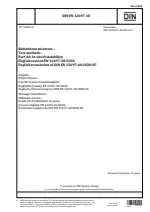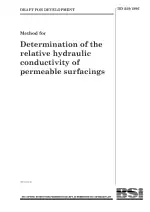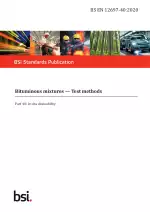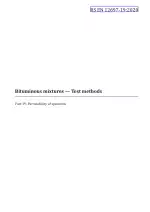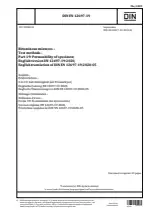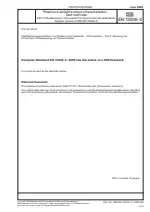Bituminous Mixtures - Test Methods - Part 40: In Situ Drainability
Also Known As:
The DIN EN 12697-40 standard outlines a procedure for determining the in situ relative hydraulic conductivity of permeable road surfacing. This method aims to assess the water drainage capability achieved by the surfacing material when it is installed on a road.
To obtain an accurate estimate of the surfacing's drainability, multiple measurements are conducted at specific locations on each section of the road. The mean value of these determinations is then used to calculate the average drainability of the surfacing. This test can be used to ensure that a permeable surface course complies with the required properties upon installation. Additionally, it can be used in the future to assess any changes in the drainability performance over time.
It is important to note that the test requires the test area's surface to be clean and free from any debris. Measurements can be taken on wet or dry road surfaces, but not on frozen surfaces.
| Descriptors | Asphalts, Bitumens, Construction, Construction materials, Definitions, Determination, Drainage, Hot mix asphalts, In situ, Mathematical calculations, Mean, Mechanical properties, Pavements (roads), Performance tests, Permability, Physical properties, Road construction, Surface layers, Test equipment, Test specimens, Testing, Water permeability, Qualification tests |
| ICS Codes | 93.080.20 - Road construction materials |
| Language(s) | English |
| File Size | 1.2 MB |

